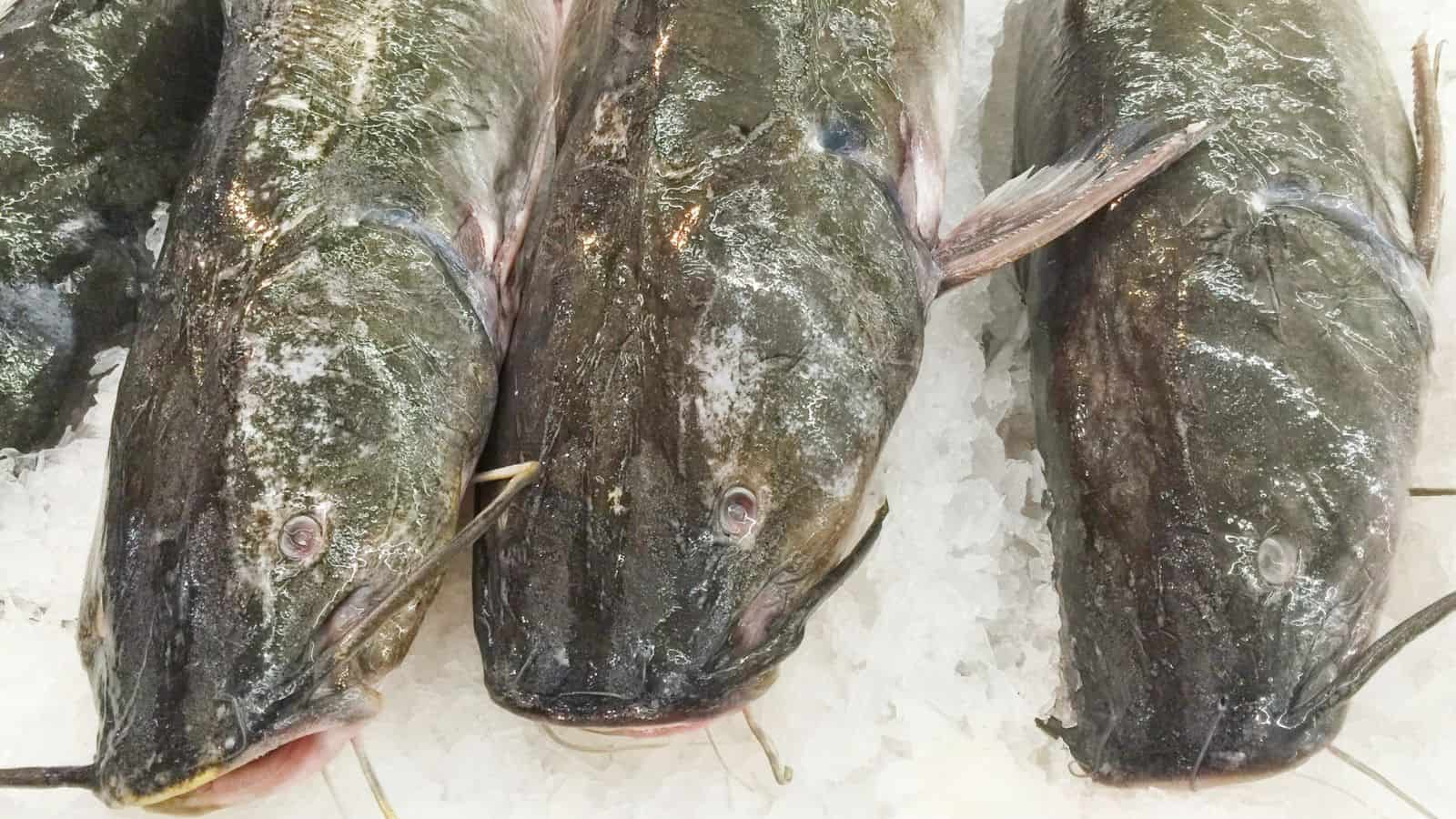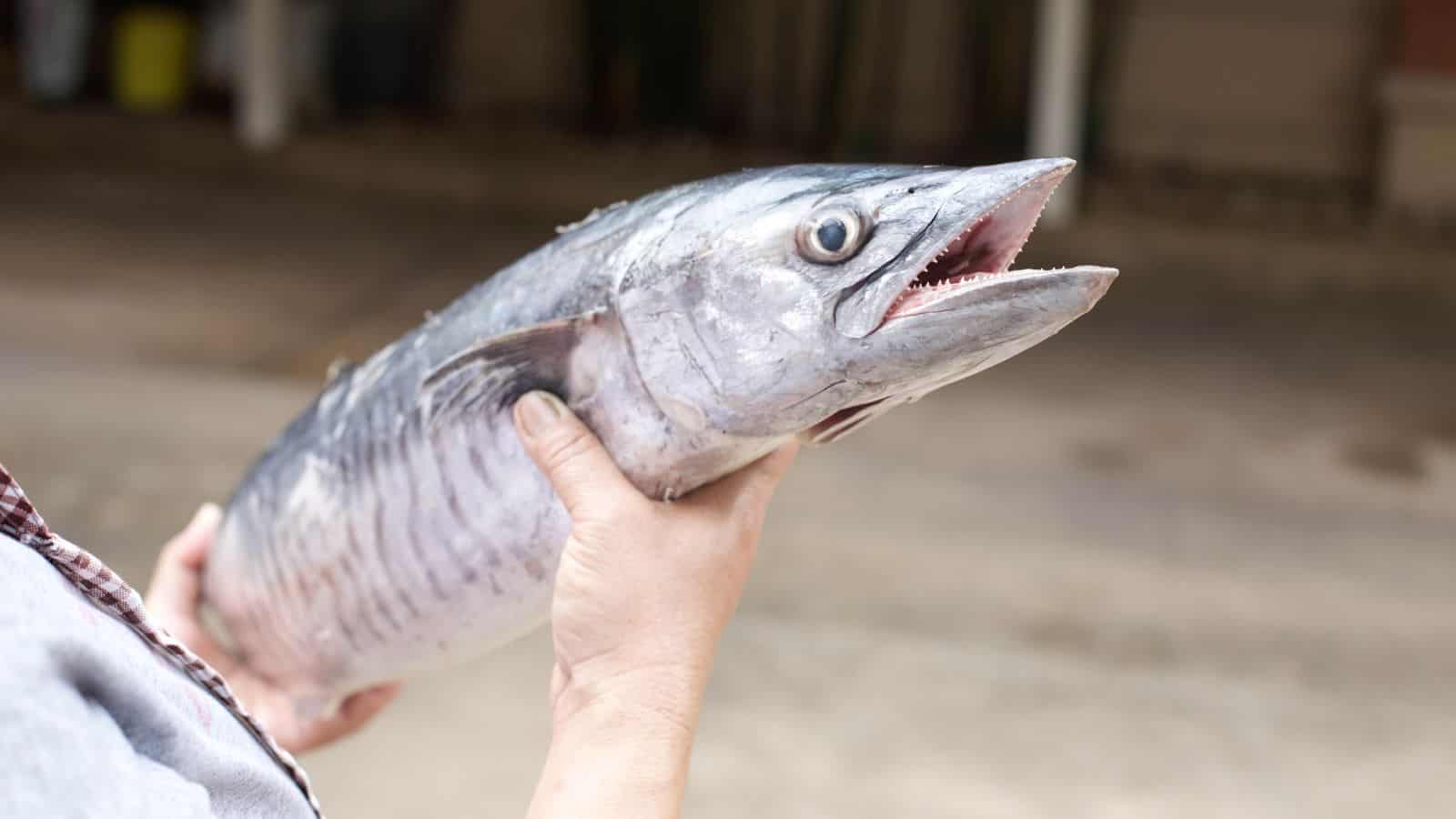Fish and shellfish are widely recognized as excellent sources of protein and heart-healthy omega-3 fatty acids, with the added benefit of being low in saturated fats. However, not all seafood is created equal when it comes to health benefits, and some species are known to carry high levels of mercury, while others are harvested unsustainably.
Shark

Because of their long lifespans, sharks tend to accumulate high levels of toxins, including mercury. FIU News reported on a study that tested shark-derived products for mercury and found that hammerhead shark products posed the greatest risk to consumers.
Imported Catfish

Catfish imported from overseas may contain residues of antibiotics and other chemicals that are not approved for use in America. Mislabeling and fraud are common with imported catfish, which often contain dangerous chemicals like Gentian Violet and Malachite Green.
Grouper

Groupers are known for accumulating mercury, posing health risks to pregnant women and children. Additionally, some fishing methods for the fish, including bottom trawling, are destructive to ocean habitats.
European Eel

European eels are infamous for containing high levels of pollutants, including PCBs and dioxins, leading to potential adverse health effects when consumed. It is also classified as critically endangered, with declining populations due to overfishing, habitat loss, and barriers to migration, including hydroelectric dams.
Orange Roughy

This large deep-sea fish is the longest-lived commercial fish species, which allows it to accumulate significant amounts of mercury and pollutants. Regularly eating the fish can contribute to health problems due to mercury exposure, and it is also a poor source of omega-3 fatty acids.
Chilean Sea Bass (Patagonian Toothfish)

The Chilean sea bass, also known as the Patagonian toothfish, is known for its high mercury levels. It has also been massively overfished and subject to illegal, unreported, and unregulated fishing practices, and its population has struggled to recover.
Southern Bluefin Tuna

This large species can grow to over 8 feet, weigh up to 573 lbs., and live for 40 years. The IUCN lists the species as endangered, but its population is increasing, and there is a systematic monitoring scheme and action recovery plan to help its population recover.
Atlantic Salmon (Farmed)

Atlantic salmon is a very healthy fish, but farming it can have significant environmental impacts. Salmon farming in America has a low environmental impact, but they can escape their pens and spread into rivers, which has negative consequences for native fish.
Tilefish (Gulf of Mexico)

Tilefish from the Gulf of Mexico have some of the highest mercury levels found in fish. Healthline notes that the FDA warns against people at high risk of mercury toxicity eating tilefish caught in the ocean basin.
Puffer Fish (Fugu)

The puffer fish’s tetrodotoxin is so potent that chefs in Japan have to take written and practical exams to be allowed to cook it. Poisoning from restaurant-cooked fugu is rare, but amateurs shouldn’t try to cook the fish.
King Mackerel

King mackerel is infamous for its high mercury content, which can lead to mercury poisoning, especially in pregnant women and children. WebMD warns against pregnant women and young children eating the fish, saying that because it is a larger fish with a long lifespan, it has a long time to accumulate high levels of methylmercury.
Pangasius (Swai)

Pangasius farms, often located in Vietnam, have been criticized for their poor health and environmental standards. The shark catfish are raised in crowded conditions that lead farmers to use antibiotics and chemicals to keep diseases at bay, and the swai has lower levels of healthy omega-3 than other widely available fish.
Tilapia

Tilapia is one of the most consumed fish in America, but it contains very low levels of omega-3 and higher levels of omega-6, which is inflammatory and linked to heart disease. Wild-caught tilapia is generally healthier but harder to buy.
Beluga Sturgeon (Wild-Caught)

High demand for beluga caviar has led to overfishing and illegal poaching, and the species is listed as critically endangered, making its consumption and trade ethically questionable. International efforts have led to tank-raised belugas being reintroduced to the Danube River and farmed in America.
Swordfish

Swordfish can be a good source of lean protein and is rich in minerals, vitamins, and nutrients. However, as WebMD notes, they are large fish that contain high levels of mercury, making them unsuitable for pregnant adults.
Atlantic Cod (Wild-Caught)

Atlantic cod has been severely overfished in many areas, leading to collapsed populations that have only recently begun to recover. Despite management efforts, illegal fishing threatens population recovery, affecting the entire marine food chain.
Escolar (Oilfish)

Escolar, also known as oilfish, can cause gastrointestinal discomfort due to its high oil content and indigestible wax esters. It is often mislabeled as “white tuna” or “butterfish,” which can lead consumers to eat it and experience upset stomachs unknowingly.
Atlantic Flatfish (Flounder, Sole, Halibut)

These bottom-dwelling fish can accumulate harmful pollutants from the seabed, including PCBs and mercury. Button trawling to catch the flatfish damages the seabed, and overfishing has also led some flatfish species to decline.







